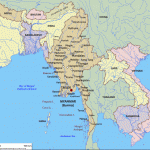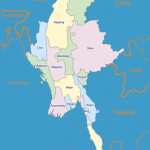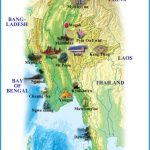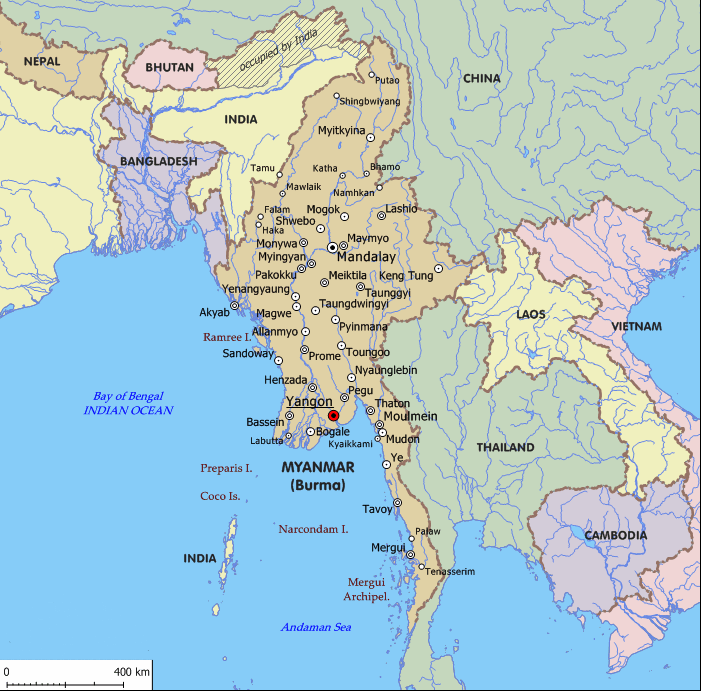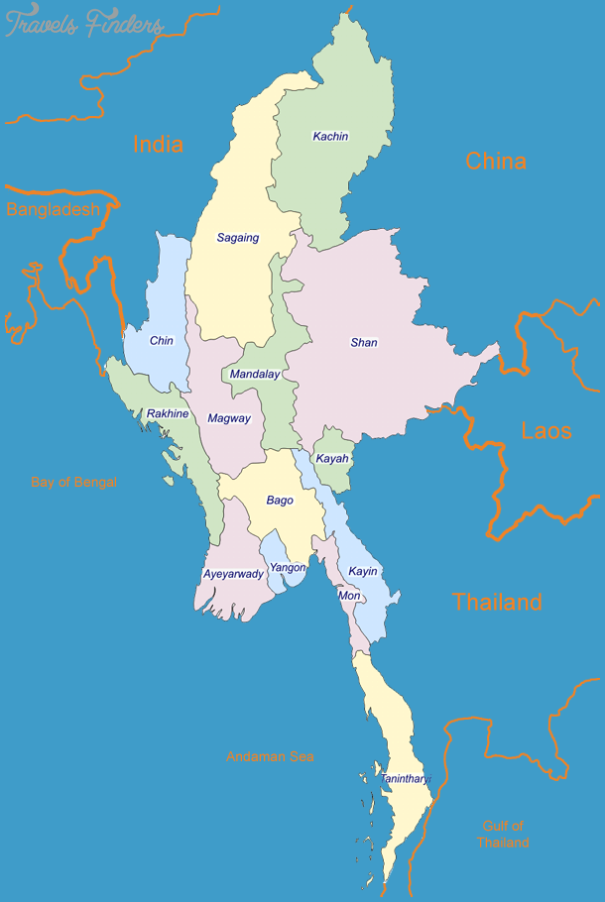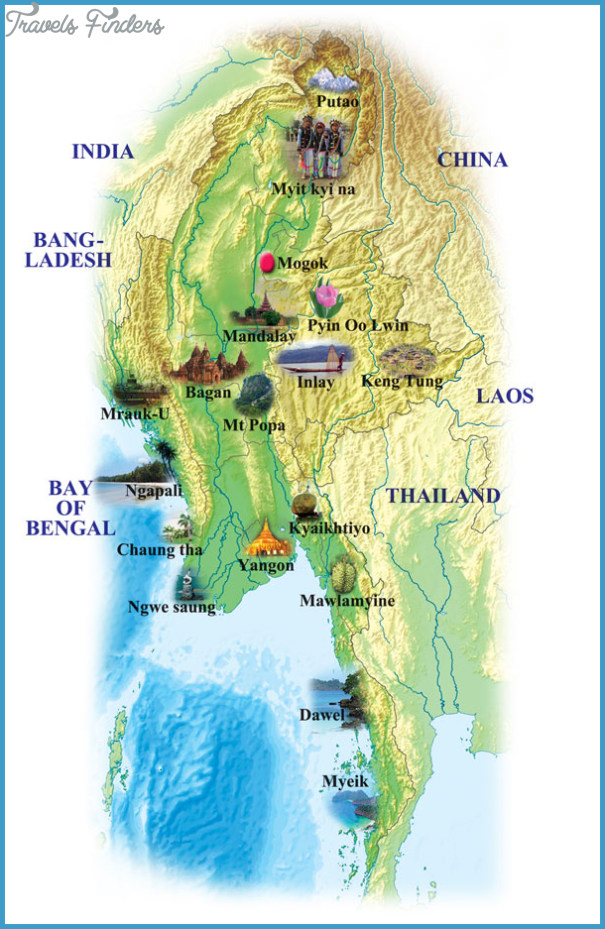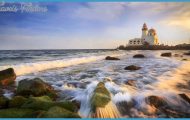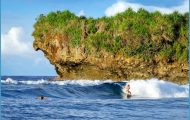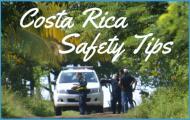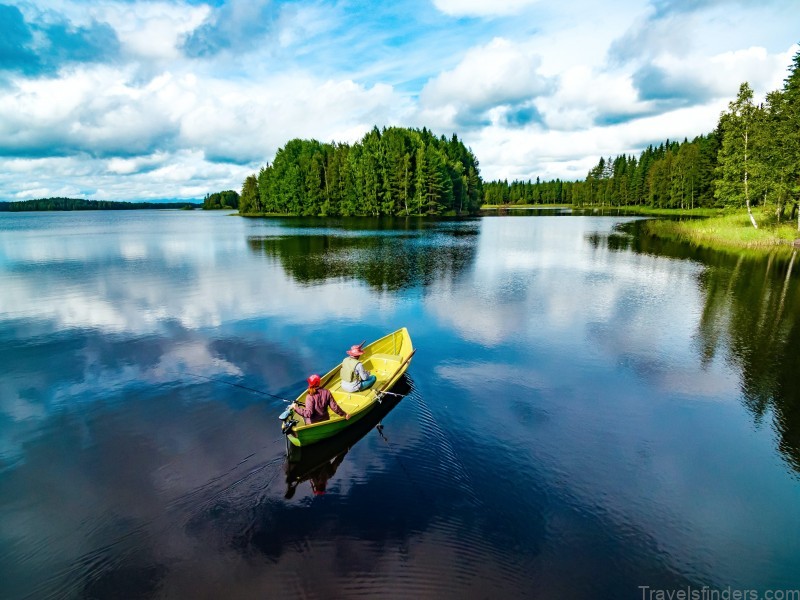Nyaungshwe is situated at the end of Inle Lake, connected to it by a canal, and is the commercial hub for the villages dotted around the lake’s edge. I ate at an outdoor cafe but moved as soon as I could to escape the increasingly persistent and ardent attention of the local mosquitoes. In the street I stopped to talk to a Belgian family with two small blond children. Their mother said that the children were fussed over wherever they went and everyone wanted to touch the smallest one, a little boy, which naturally he hated. In a tiny bar I bought water to make up for the Teakwood’s inadequacy. It would not have cost them much to provide it; a one litre bottle was less than thirty cents.
Despite the chanting, which continued all night, I slept. Ear plugs and exhaustion helped. In the morning I changed money at the sparkling bank, the only posh building in the town. It took three uniformed guards and three tellers to do so. The rate I received was the best yet, 983 kyats to the US dollar.
I presented myself for the boat trip and was introduced to a young man, Kyaw, whom I was told wanted to be my guide. I didn’t want a guide. They mostly mean well but have so little English or such a peculiar accent that they are usually incomprehensible and serve no useful purpose. I was told, ‘You don’t have to pay him, just tip him if you like him’. Terrific. I was in no win situation. But everyone in this country needs employment, so I agreed that he could come with me. I had no idea what a tip should be but I had learned that, unbelievably, the average daily wage is one thousand kyats.
Map Of Myanmar Photo Gallery
We set off walking. I was not amused. It was already hot and it was a long way to the canal. ‘I thought there was a boat involved in this deal, I bleated, trotting to keep up with him But then, there it sat on the canal, a long, skinny, blue-painted wooden canoe. It had no covering but there were two chairs low down in its bottom where Kyaw and I sat in single file. The driver perched up in the rear with his outboard engine, I popped up my umbrella, and we were off.
It took half an hour to zoom down the long canal that connects Nyaungshwe to Inle Lake. The first part of the canal is lined with houses, guesthouses and shops, all wooden. Then we were on the lake where the breeze was delightfully cool. Mountains ring the lake all around, green and devoid of anything but their folds. Villages cling to the shores, their wooded, bamboo and woven rattan houses on stilts high out of the water; the level of the lake was low at this time as the wet season increase had not yet arrived.
Inle is a shallow lake with a surface area of just under fifty square miles, the second biggest in Burma. It took another half hour to cross to the Phaung Daw Oo Paya, the holiest religious site in the south of the Shan state. The boat pulled up to a landing from where reaching the pagoda involved a long trek on wobbly wooden walkways elevated over water and mud. There were loose boards underfoot and wonky bits of loosely applied bamboo for hand rails. I proceeded with caution.

